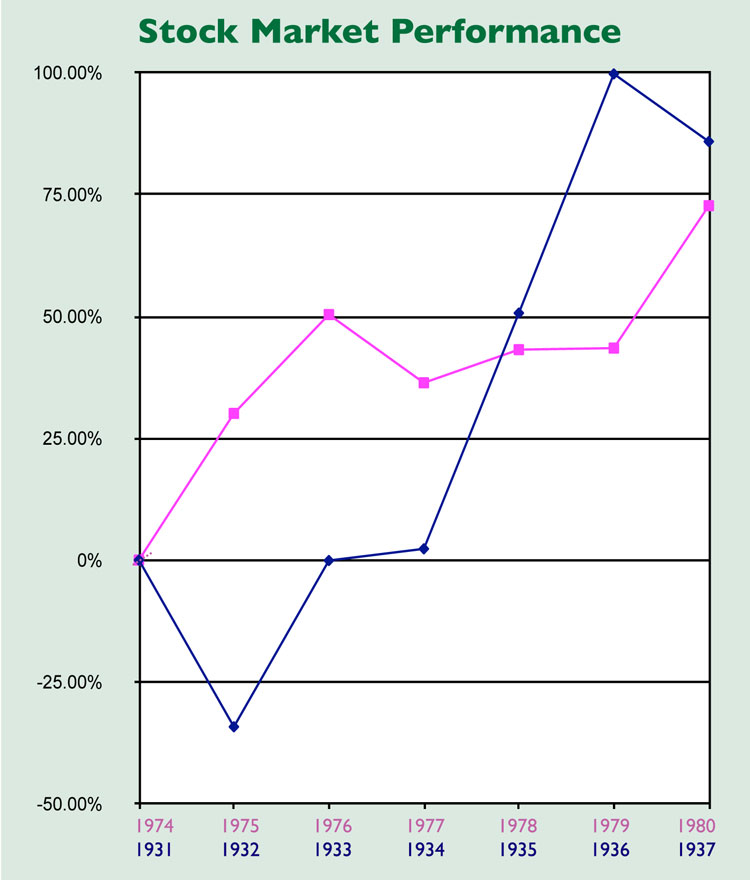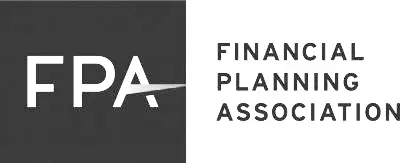 When there is snow on the ground, you can’t see the bulbs that will bloom in the spring. But you’ve seen the flowers before and know that they will bloom again.
When there is snow on the ground, you can’t see the bulbs that will bloom in the spring. But you’ve seen the flowers before and know that they will bloom again.
We certainly have a lot of snow and ice covering our economy right now. But we’ve seen businesses flourish and know that they will again. No one can say with certainty when that will be, however we do know that the financial markets turn up well before all the snow is gone.
However, most of us do need to reevaluate our financial plans, as we are now less wealthy than when this recession began in late 2007. This means looking for ways to improve our financial positions by analyzing net worth and cash flows, as well as their interaction. In doing so there are four main areas of focus:
- Income
- Expenses
- Debts
- Investments
Income
Generating income allows you to add more to your net worth either through additional savings or debt repayments. If you are currently withdrawing funds from your net worth, having additional sources of income allows you to withdraw less.
Expenses
Expense reduction is one area that you probably have the most control.
You should pay particular attention to expenses that are the lowest priority for you. One example is having both a cell phone and a landline. Many people are choosing to eliminate their landline. Going to restaurants less often may be another place to cut that’s relatively painless.
Also, by calling your cable company, you could lower your monthly bill by $15-20 a month if you mention more attractive deals their competitors are offering. Everyone’s priorities are different, so it is important to consider which activities, goods, or services are most meaningful to you when evaluating where to trim expenses.
Debts
Reducing the cost of your debt means looking to have the lowest interest cost after taxes. Mortgage rates are now near 5%, and since they are tax deductible the after tax cost for most people is under 4%. Transferring money from investments to pay down debt will only enhance your long term financial position if the interest rate on your debt is higher than your future investment returns.
Investments
The final area to evaluate is investment strategy. Earning higher returns will enhance financial security, while earning lower returns will not. Because investors have experienced losses in their investments since late 2007, many people fear that investments will not provide them good returns in the future. However, it is important to look at various options for your investments not based on what they have done in the recent past, but based on how they are likely to do in the future.
Primary Assets
Broadly speaking there are three primary assets classes that can be held:
1) Cash
Cash options range from US Treasury bills to bank CDs. The interest rates on cash are currently around 0.2% to 3% per year. While any positive return over the last 1 ½ years would have been preferable given the drop in stock prices, clearly earning 3% or less per year is not likely to be a decent long term return.
2) Bonds
There are many different types of bonds, with US Treasury bonds being considered the safest. Current interest rates are in the 1-3% range, so like cash, this is a poor long term bet.
Treasury Inflation Protected Securities (TIPS) bonds look a little better to us, as they earn a stated interest rate plus the inflation rate. Because at this point deflation is the greater fear, the federal government is likely to do everything possible to have some inflation. So we think inflation protected bonds are likely to average around 3-5% over the next few years.
High quality corporate bonds are currently yielding about 6.5%, and we think their return will be somewhere between 3-7% over the next several years.
Low quality corporate bonds are in some cases yielding close to 20%, however the risk of bankruptcy which would cause principal losses possibly exceeding any interest paid makes us hesitant to commit substantial funds here.
3) Stocks
One of the most significant ways to measure the long term opportunity in the stock market is to look at the total value of the stock market relative to the size of the economy.
The best measure is total stock market capitalization as a percent of annual GDP. The lower the ratio the better the long term opportunity, while a higher ratio indicates less opportunity. That ratio currently stands at about 54%. To get a sense of how the stock market has performed from similar periods, the 1970’s and the 1930’s offer some insight.
Lessons from the Past
By late 1974:
- the economy was in recession and under extreme stress due to the oil embargo, high inflation and a crisis of confidence in the United States
- the stock market had declined significantly and the market cap to GDP ratio was the same as now, about 54%
- One year later the stock market had gained over 30%, and averaged 12% per year over the following six years.
By late 1931:
- the economy had been in recession for almost two years
- the stock market had declined significantly
- the market cap to GDP ratio was the same as now, about 54%
- One year later the stock market had declined 34%. However, it still averaged a positive 11% per year over the following six years.
We know that no two market conditions are the same, and this one is not going to exactly match either the 1970’s or the 1930’s.
However, we do have to consider that either one of these outcomes is a possibility. We are seeing a much more proactive government now then in the early 1930s, so we think that a depression outcome is a low possibility. Interestingly, in either case returns were strong over a six year period. In fact in both cases the four year average annual return was about 11%.
So, you can see that we should be optimistic for stock returns for the medium to long term, but we should also have contingency plans in case the shorter term continues to be poor, as you don’t want to be forced to sell while prices are low.
Financial Security Strategic Planning
What does this mean in terms of strategy?
Given the potential for high returns on stocks, we should be allocating as much as is consistent with your risk capacity and tolerance.
Given the uncertainty of short term returns, it also means ensuring that short term cash flow needs are met — either through current income or an appropriate cash allocation.
Our Risk Capacity measurement is a conservative approach as it recommends a lower stock allocation if you are withdrawing funds from your investments.
For example, if you are withdrawing 5% of your funds each year, then 65% is a good maximum stock allocation, which means 35% or roughly 7 years of withdrawals are in cash and bonds.
If, on the other hand, you are withdrawing 10% per year, then 45% is a good maximum stock allocation, which means that you would have over 5 years worth of withdrawals in cash and bonds.
So what should you do?
If you are adding money to your investments, you should not be forced out of stock positions, and we hope that understanding the longer term opportunity will help you not to be scared out.
We do need to know if there is likely to be a change to your investment cash flows, as it can affect your allocation strategy.
If you are a Continuous Service client, we are tracking your cash flow and regularly updating your forecast to see if we need to make adjustments.
For our other clients, we have been sending worksheets showing your investment cash flows for the last several years and ask that you try to estimate what you think they may be going forward.
We’d also be glad to help you create a forecast or upgrade you to Continuous Service where we will maintain a dynamic forecast that takes into account your recent cash flow patterns.










